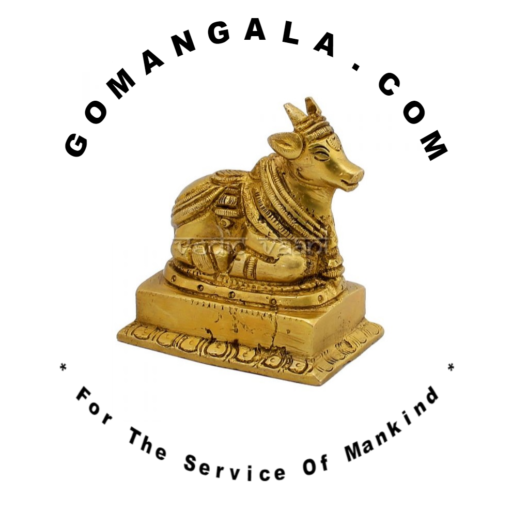Flag is the symbol of honor. By seeing a raised flag, one could get an idea of the people preceding it, in other words, it upholds the ideology of its followers. In the mythology, the characterized heroes of India have different depictions on their flags and even the divine characters, say deities, also possessed flags in India.

Some typical mythological characters and worshiped deities having flag are:
Lord Ganesh: Mouse shown on his flag
Lord Shiva: seated bull, called Nandi or Vrishabha
Goddess Lakshmi: A white flag with lotus of any colour
Lord Subrahmanya or Karthikeya: Peacock shown on his flag
Lord Vishnu: Holy eagle named as Garuda
Surya deva (planet God): Chariot with seven horses
Moon, Jupiter, or Venus planet Gods: flag showing one horse each
Mercury planet God: Elephant shown on his flag
Saturn planet: Crow shown on his flag
Rahu God: Cat on his flag
Ketu God: Horse on his flag
Bheeshma of Mahabharath: Coconut Tree
Kripa: Golden bull seated as in the logo of this website
Dharmaraja or Yudhistira: Planets as seen in the header image of this website
Ashwathama, Bheema: Lion
Nakula: A golden Deer
Sahadeva : White swan.
Abhimanyu, Bharata : Tree
Karna: Conch
Duryodhana: Cobra and the list go on.
In general, the epic characters are showing a common feature in the flags. The purpose of flags is to signal others on the way ahead and to get clearance of the path. No obstacle should be there for the procession of the god’s deity or a king when the festival deity or the palanquin of the king is carried forward. So the common feature for the Gods worshiped in the form of deity, is the flag bearing the picture of their vehicle respectively.
There is a flag post erected in front of the temple in the south Indian style and in north Indian style, a Vimana (airplane) structure is seen over the middle of the roof of the temple. Usually, in north Indian style, the flag is kept in hoisted status prior to the festival day but no removal is done for one year. But in south Indian temples, the flag is hoisted on the post on the morning of the festival day and that flag lowering is done on conclusion ceremony of the same festival.
Flags are used in various occasions. During procession of kings, their horseman holding army flag moves in the front. In the epic Ramayana, River Ganga and its banks were ruled and looked after by the king of boatmen, Guha. Brother of Shree Rama, Bharata had reached the other bank of Ganga in order to cross the river and desired to go to the forest to persuade Shree Rama to return back to Ayodhya. King of Ganga River, Guha recognized the king Bharata by seeing the tree picture in the flag, from a distance, being on the other side of the river.
In assemblies of people, flag is hoisted on a stationary post erected outside the building. In institutions or companies formed with associations of sub units, sometimes more flags are hoisted on various posts respecting each sub units. Star hotels usually contain multiple flags.
In important multinational conferences, various flags are given due provision in front of the desks according to the justified invited dignitaries. In the friendship summit between two countries, two flags are tied together to signify the mutual goodwill.
The Indian tricolor flag has its own history of gradual growth of more than a century old. History says on August 7th, 1906, unofficially, one tricolor flag has been proposed by the freedom fighters at Calcutta. Perhaps many objections have been raised, at many corners then.
Next, Madam Bhikaji Cama of Mumbai, in 1907 has developed it by suitably modifying for the use as a tricolor flag for India. But due to British rule, she could not popularize the flag in India, hence displayed in the women’s conferences in Egypt and Germany. Later by the Indian Independence movement’s prominent personalities, the flag has been suitably further modified and selected by accepting the views and various essential opinions such that the flag may be honored by each and every citizens of India.
The name of the final designer of our flag is late Shri Pingali Venkayya of Andra Pradesh, a freedom fighter. Thus, the Republic of India got a tricolor flag with effect from 1947 and previously it has been mentioned in this website under the chapter, Bharat, the original name of India. Two postage stamps were issued to commemorate the designers of this glorious flag, i. e, honoring Madam Bhikaji Cama in1962 and another postage stamp was issued to commemorate the freedom fighter, late Pingali Venkayya in 2009.
Readers are requested to put forward their doubts in the feedback and may frequently browse this website to read more interesting articles. Readers are free to forward this website link to friends and family.

0 Comments
1 Pingback